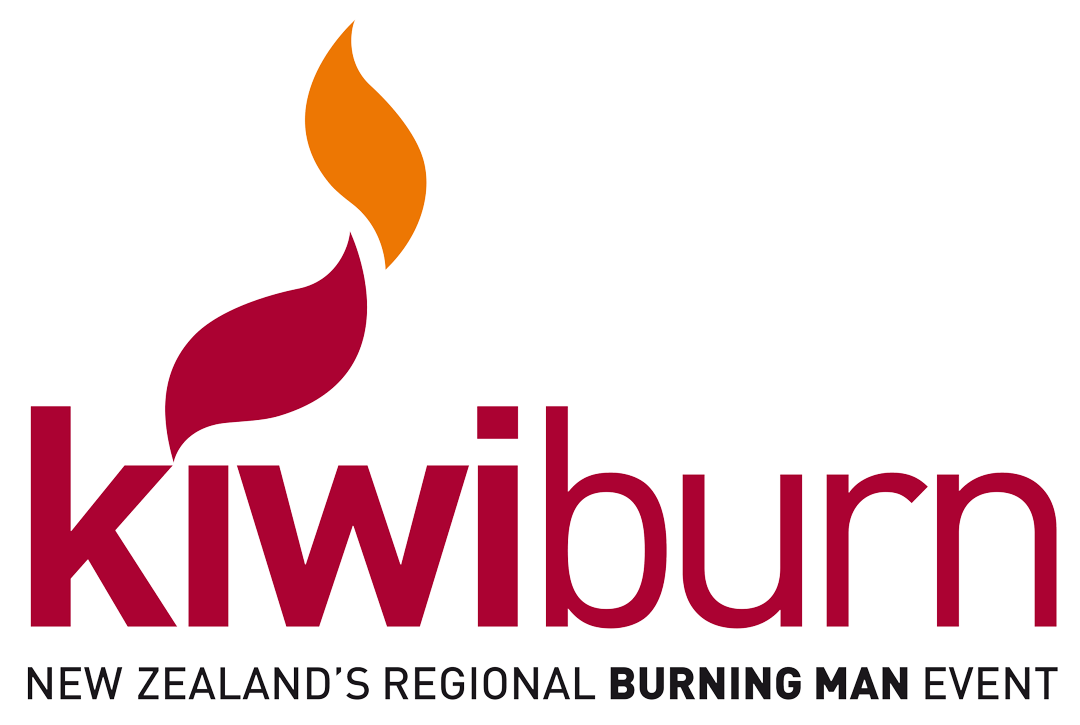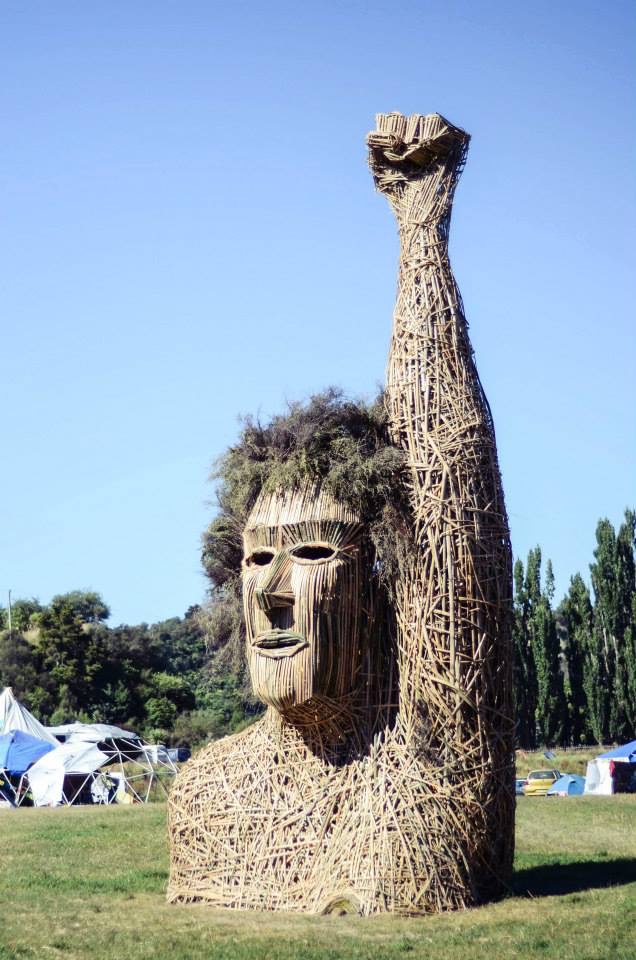Nico is a long time Art contributor and recipient of multiple Kiwiburn Art Grants. So we thought it would be a good idea to pry open that head of his and syphon out some of that juicy knowledge he has been squirreling away up there – with his consent of course! Read on to find out more about how to art.
_______
“Bringing Art to Kiwiburn can be fun, rewarding, exhausting, and so much more; however, if you’ve never applied for an art grant before, it can be daunting. I want to help demystify the barriers to bringing Art to Kiwiburn. This is an attempt to provide some guidance on putting an application together and what follows after. It is by no means comprehensive, but is largely based on my experiences and conversations with others on bringing big Art to Burns. Regardless, this information could be used as a starting point for any art application, be it small, large, Effigy, Temple, or any art project you may have brewing.
Why make art? This is a good question for anyone to ask. Big, small, interactive, light, kinetic; there is no limit to what people can build. But why do YOU want to build art? For me, building big art allows me an escape from the air-conditioned corridors and neon lights of my job. It provides inspiration and ideas for future pieces, both from undertaking these projects myself, as well as seeing what others create. It helps foster and up-skill the community around me, learning from the people I work with, as well as providing a training environment for the people that work with me.
Making art is a challenge. It is up to you to rise to that, but at the same time, don’t set yourself up to fail. Don’t take on something that is well beyond your capabilities. Instead, build your skills up over time, so you can increase the scope and scale of what you want to create. Making art can be really good for your mental health. It is a big driver for why I take on these projects. It helps give me purpose, something to focus and work towards, while surrounding myself with a community of awesome people.
Art projects can be used for personal growth, such as developing good communication skills, volunteer management, interpersonal relationships, and project management. Think about what drives you to build and make art. Everyone is different and their reasons for ‘arting’ will be equally as diverse. Don’t worry if your reasons are different than mine or others you talk to. Your reasons are as good as anyone else’s.
Who should make art? Absolutely anyone and everyone. I subscribe to the Zapatista worldview on art and artists. In 2016 and 2017, I participated in a convergence of artists from around the world in San Cristobal de Las Casas, Chiapas, in southern Mexico. Their invitation was for anyone that called themselves an artist to bring their art to their event CompArte. In their words, “an artist is anyone who considers their activity as art, independent of canons, art critics, museums, Wikipedia, and any other “specialist” schemas that classify (that is, exclude) human activities.”
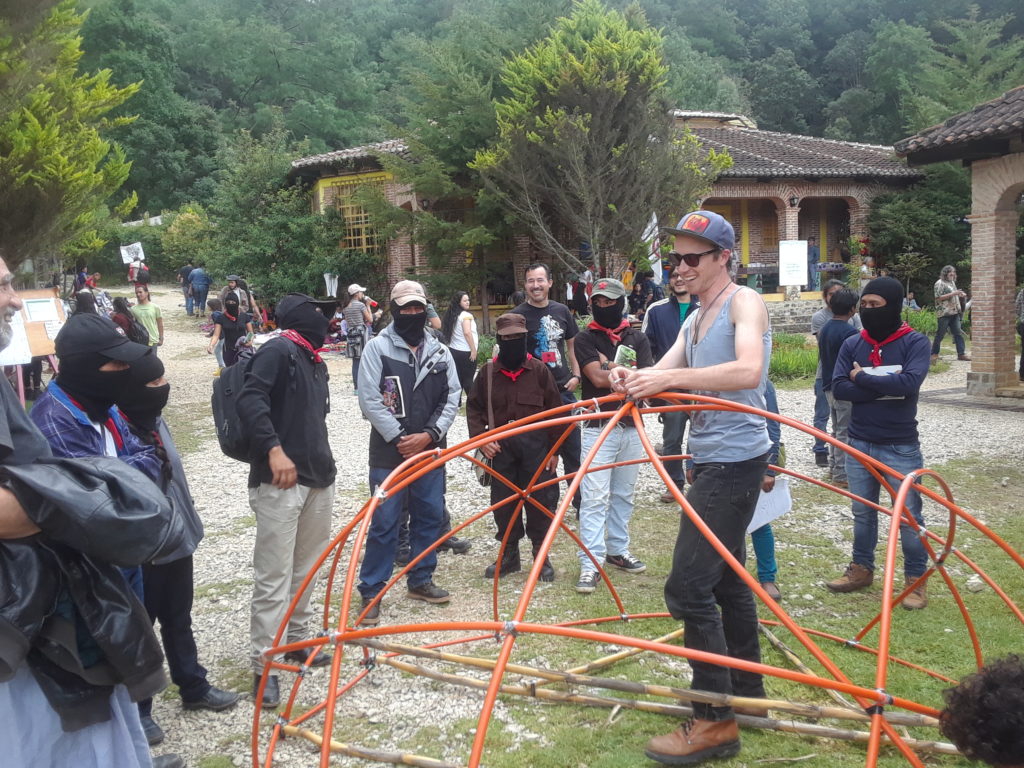
Image: Christian Munoz
This broad, all-encompassing, approach to art is equally applicable in the Burnersphere. If you can use a pencil, measure, cut, drill, you can make art. But don’t try and do everything yourself, find the people who can do the things you can’t. This took me a long time to learn, but has been invaluable in taking on bigger projects. Surround yourself with people who have the skills you don’t and learn from them.
What is art? This is a big philosophical question and I don’t feel qualified to answer this, as art is open to interpretation. However, something that is useful for consideration is what to use for art. There are various possible materials, such as wood (new, recycled, scrap), metal, fabric, plastics, found objects, paper, cardboard, and so much more. You can make it static (ie. a fixed piece) or kinetic (ie. with movement). Some people use light in their art, either through projection, the main element, highlights, programming, or wearables – just to name a few. A lot of Burn events promote interactive art, where you can touch, climb, press buttons, paint, etc. The only limit is your imagination.
How to make art? Some people come up with an idea first, then apply/tailor it to different settings, others use a theme as a brief (which is what I generally do), others do concept sketches, and develop ideas from these. There is no right way to come up with ideas, just different methods. Think about what you have done before, think about what you are capable of. Create realistic goals for yourself, challenge yourself, but don’t set yourself up for failure.
For example, when I was thinking about building the Effigy in 2015, I didn’t think I could build a standing Effigy, as I’m not a builder or engineer. But I knew how to build bottom heavy structures. As a result, the Effigy in 2015 wasn’t standing, instead it appeared half buried. I used what knowledge I had and leaned heavily on the skills and experience of others. Being on Crew for one of the big builds at the event helps provide invaluable building experience if you don’t have much yourself. Use these experiences to learn and develop your skills. In other words, learn to crawl before you try running.
Artist/Concept statement. You will generally always be asked this whether you are applying for Temple, Effigy, or Art Grant. Think about what the piece symbolises. What does it mean to you? Think about how others will interpret/interact with it. This is your chance to sell your idea (in a decommodified way).
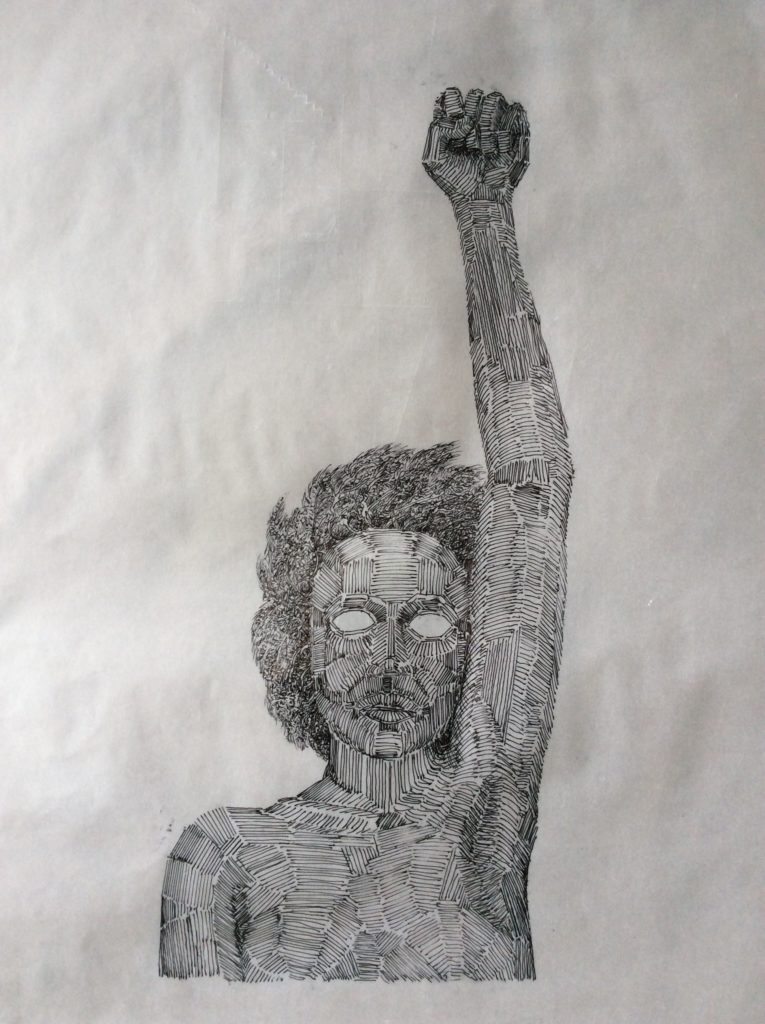
Once you have a base statement, this can be shortened/lengthened depending on the application/audience; however, you need to be able to articulate what the piece means. You will also want to detail here your experience and background. While you may not have brought Art to the Paddock before, you may have experience from your job or other life experiences that you can express here. If you don’t have much experience to relay, don’t worry, be honest – we all started somewhere.
Additionally, you will also likely be asked for images of what you’re proposing. These can be as basic or detailed as you want. This could be 3D models, a maquette (small model), hand-drawn sketch, or photo. If you don’t feel confident doing this yourself, do you have any friends/family who could help? My father helped me complete the drawings we used for the Effigy in 2015, and we cast his hand in plaster as a maquette for the Helping Hand in 2016.
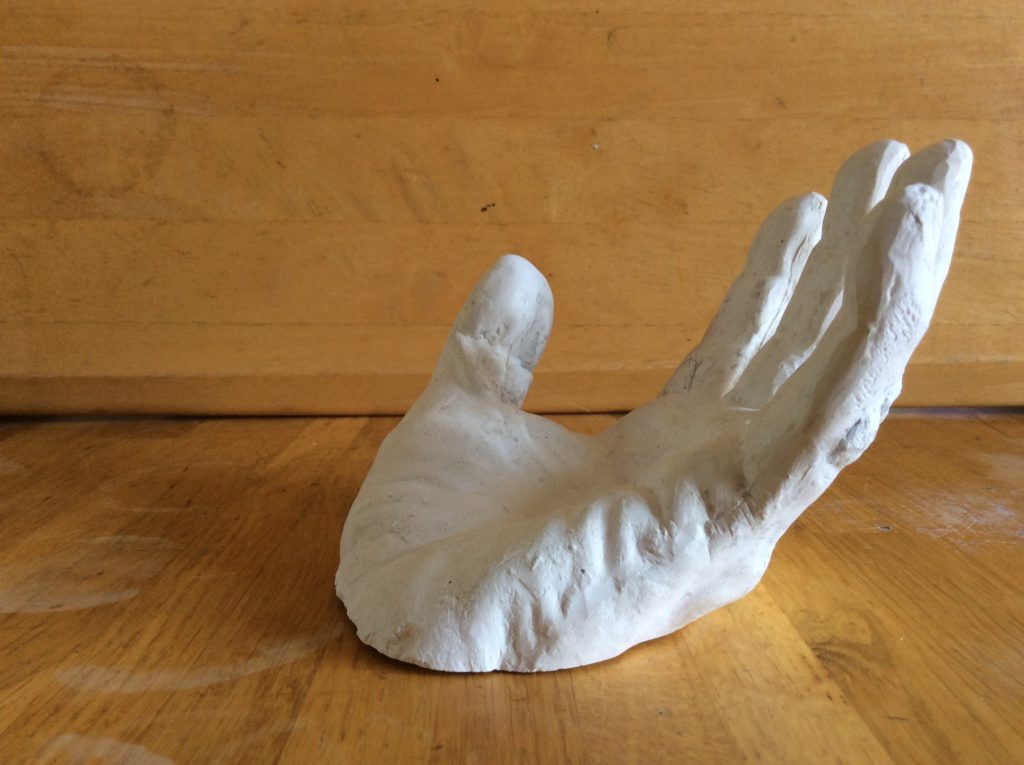
Build a timeline. Think about a realistic timeframe to build what you are proposing. What are your work commitments like? Are you going to be able to build it on your own, or will you need help? There are many different ways to plan a build but for simplicity will focus on two main ways: either build it in place (on site) or prefab as much as you can ahead of time:
1. Build in place. If you have/need crew, this can be a big time commitment, as depending on scale, can mean being on site for anywhere from 1 day to 2 weeks pre-event. It involves a close working proximity, so you will need to like, or at least be able to work with the people you’re spending all that time with. In general, it’s less overall time, as it is built where it’s going to be displayed, however the build is also subject to the weather. You will need to think about what to do if there are high winds, or a lot of rain. These can add significant delays unless you factor in wet weather workarounds or have room in your build schedule for rain days.
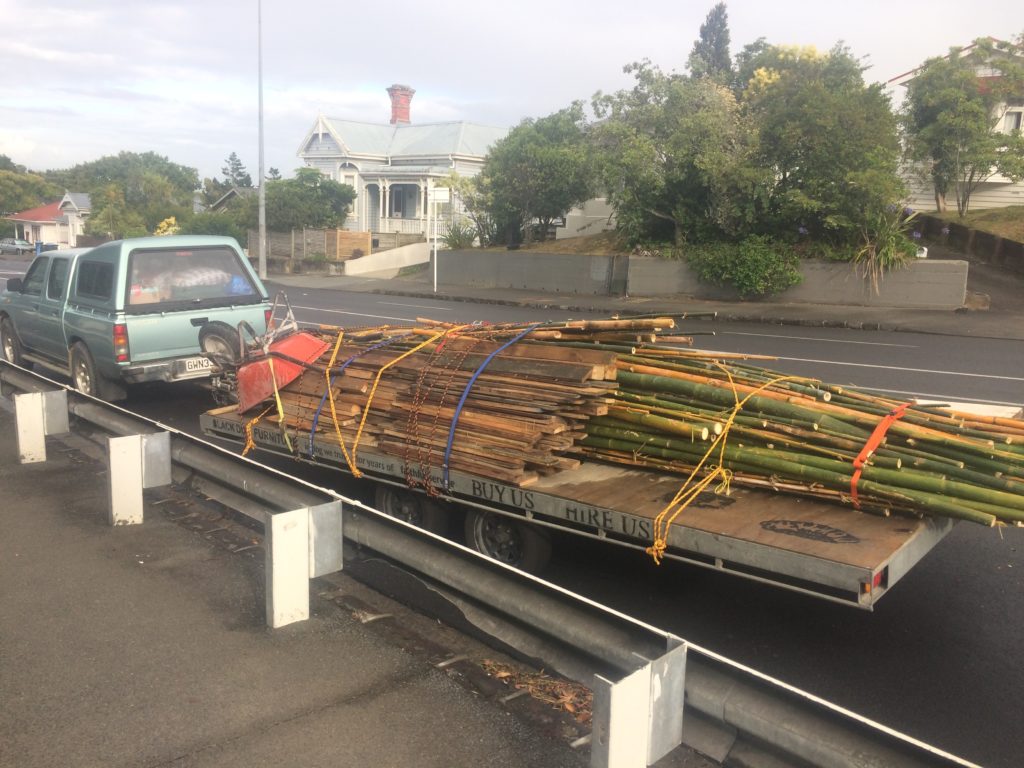
If you are building the Effigy or Temple, you get fed at Kiwiburn, so you don’t need to spend time preparing meals, this saves a huge amount of time (Thank you Kitchen!). Your transport generally involves bringing or having all your raw materials delivered to site or sourcing them locally. The latter can be more manageable if you don’t have any trucking contacts or access to vehicles/trailers for transport.
2. Prefab all or sections of your art. This generally means a longer build time, but you can spread the work over many weeks or months. It can be less time commitment for people working on the project, allowing people to tap in and out and work around commitments. People can also work around employment easier, i.e. nights and weekends. It generally means more work overall if you are building the piece, dismantling it, and then reassembling on site. You will generally need bigger transport (i.e. access to truck/trailer/van), as the pieces will likely be bulky and cumbersome. When prefabbing before getting to site, you will need to organise your own meals which, again, takes time away from building.
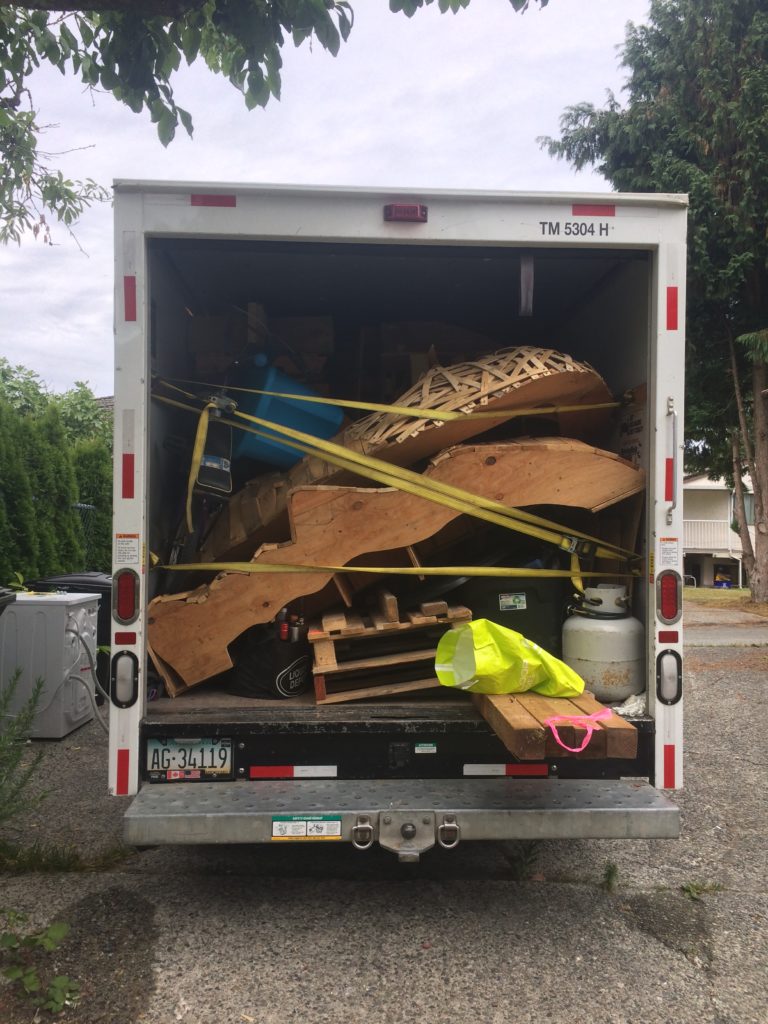
These are the two main ways people generally bring Art to Kiwiburn; however, these are not set in stone. There are ways of doing a bit of both, for example: if using pallet wood, breaking them up and transporting the pieces already prepped, or pre-splitting bamboo. Whichever way you choose, make sure you include downtime for yourself and crew. Have fun, watch out for the sun, think about shade; both for sun and rain and think about some night-time wind down activities if your primary work time is during the day.
Crew. Think about how many people you need to do what you are proposing. Can you do it on your own, or do you need help? What experience do you have? What do you need? If you need a crew, think about your skill mix. What kinds of things are you going to be asking people to do? How many people do you need for those tasks? I try to have diversity on my crew: a good mix of people who identify as different genders, races, nationalities, and cultural backgrounds because a conscious, inclusive approach contributes to the richness and creativity of the experience.
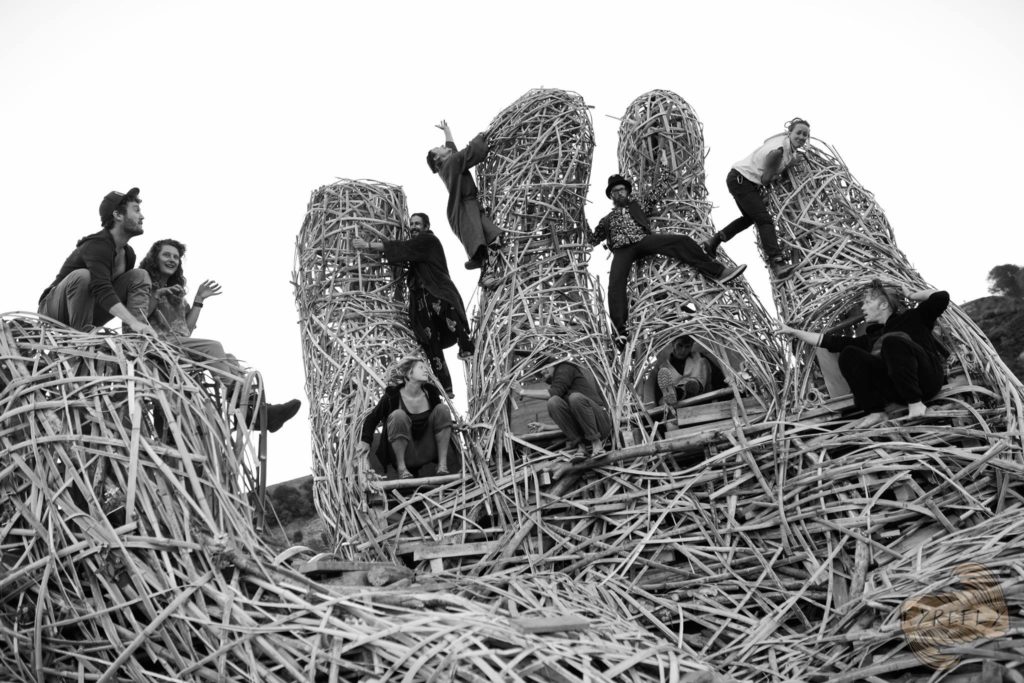
Image: Isabella Doherty
Are you going to need specialised skills such as carpenters, welders, people who can sew, painters, etc? I always aim for my projects to be learning environments, up-skilling the community means you get more people who can make big art! Think about ways you can help grow the capacity of the people helping you, and therefore the community. What is the time commitment you are asking of people, is it reasonable? Not everyone can take a couple of weeks off pre-event to spend building on the Paddock.
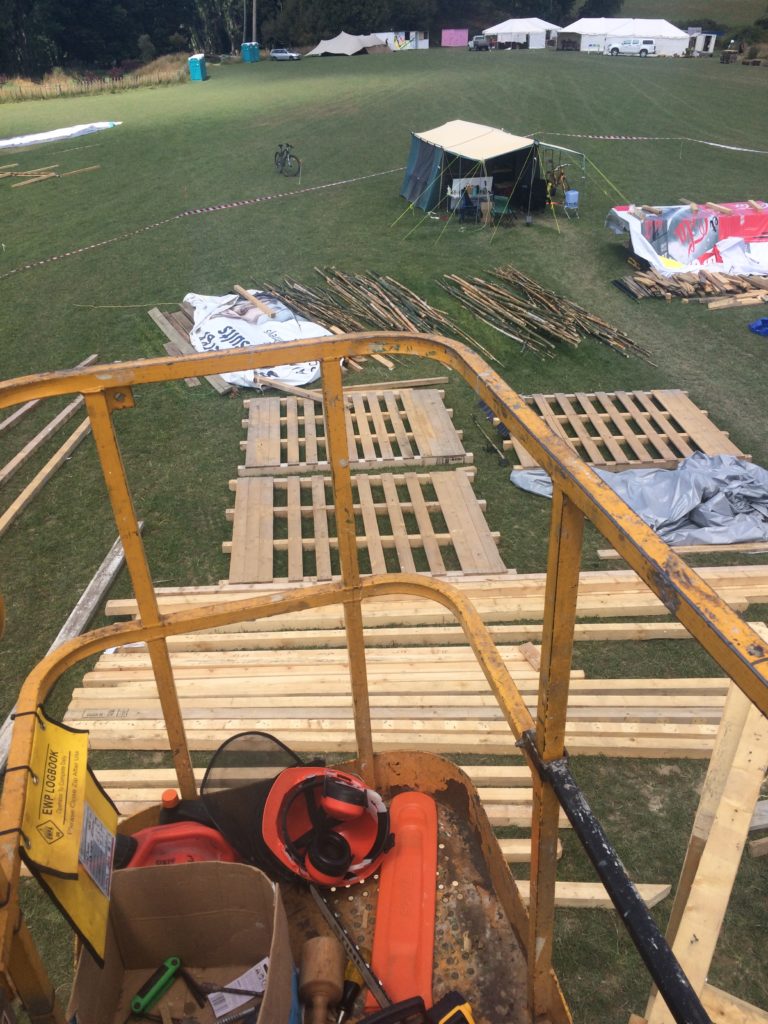
Budget. Think about every possible thing but be realistic, account for changes, blowouts, talk to others about costs. Putting together a budget can be daunting but it doesn’t need to be. Some people like to be really specific about costs and break down the numbers really carefully. Others (such as myself) prefer to cluster costs as a general guide. Your approach will depend on your experience level and what kind of materials you are using. I tend to use recycled/scavenged materials, thus it can be hard to say exactly what I will need, as I often don’t know what size thickness materials I have to use until I have found them. Do some research on costs, find a variety of prices, and make your budget according to what these numbers suggest.
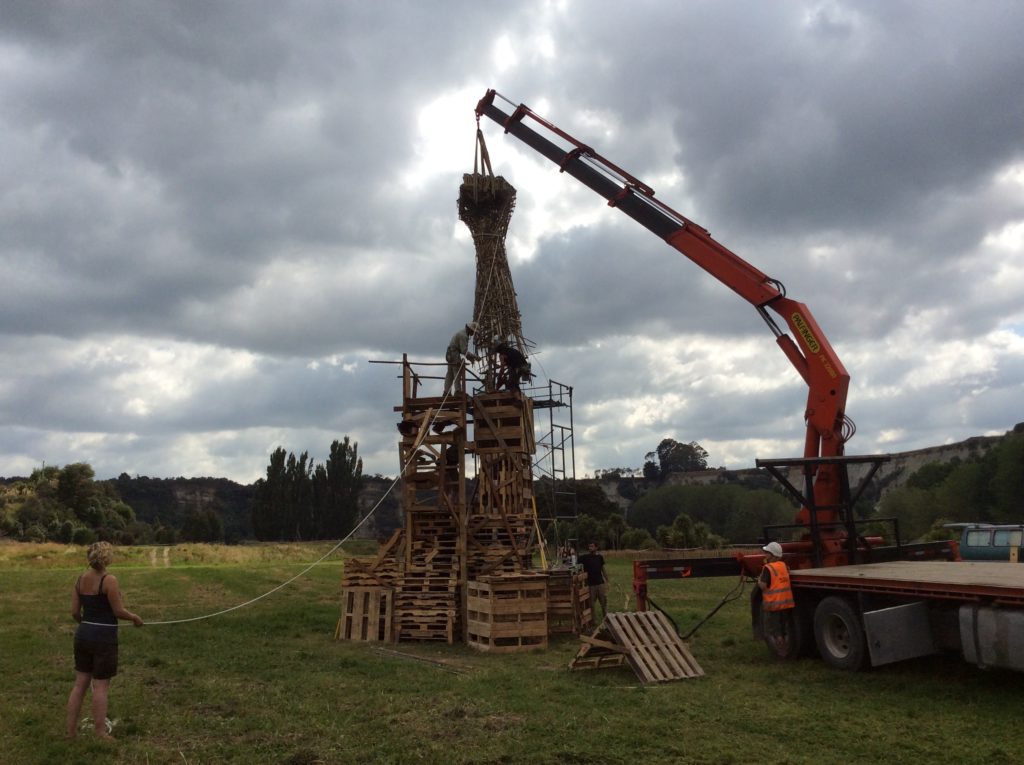
You will also need to factor in different prices in different locations. For example, when working on the Temple this year, screws and other fixings were, on average, twice the price in the local towns around site compared to purchasing them in Auckland. You will want to factor in prices for materials milled lumber vs. scavenged wood, steel, fabric, fixings (eg. bolts, screws, nails, rope, twine) and the transport of these materials. Do you need to rent a trailer? Organise trucking and/or petrol to collect materials? What about lighting (different light sources, power supplies, controllers)?
Have you considered swag? This can be important if you have a crew helping. Providing stickers, patches, clothing, promo/bragging, etc. Power considerations are also relevant (generator, battery, solar, etc). Heavy machinery may be necessary (do you need a hi-ab, crane, knuckle boom)?
Funding. You should think about multiple funding means, such as fundraisers, crowdfunding, raffles, and donations to supplement and fund your art project. Sometimes you can be asked by the KB Arts Committee to provide information on how you would scale the project up or down depending on funding levels. This is useful to consider, as you may not have the means to gather as much funding as you hope.
Lighting. How are you going to light your art? Do you just want to illuminate it? Will this be lit from afar or with mood lighting, highlight shadows/contours, lit internally? Lighting brings art to life at night. Will it be interactive? This can add some complexity but there are plenty of people in our community who can help with this. There are many different types of lighting (eg. floods, LED strips, addressable, Arduino, pre-programmed controllers, and incandescent – just to name a few). Thinking about what kind of effect you would like helps determine what kind of lighting you will need.
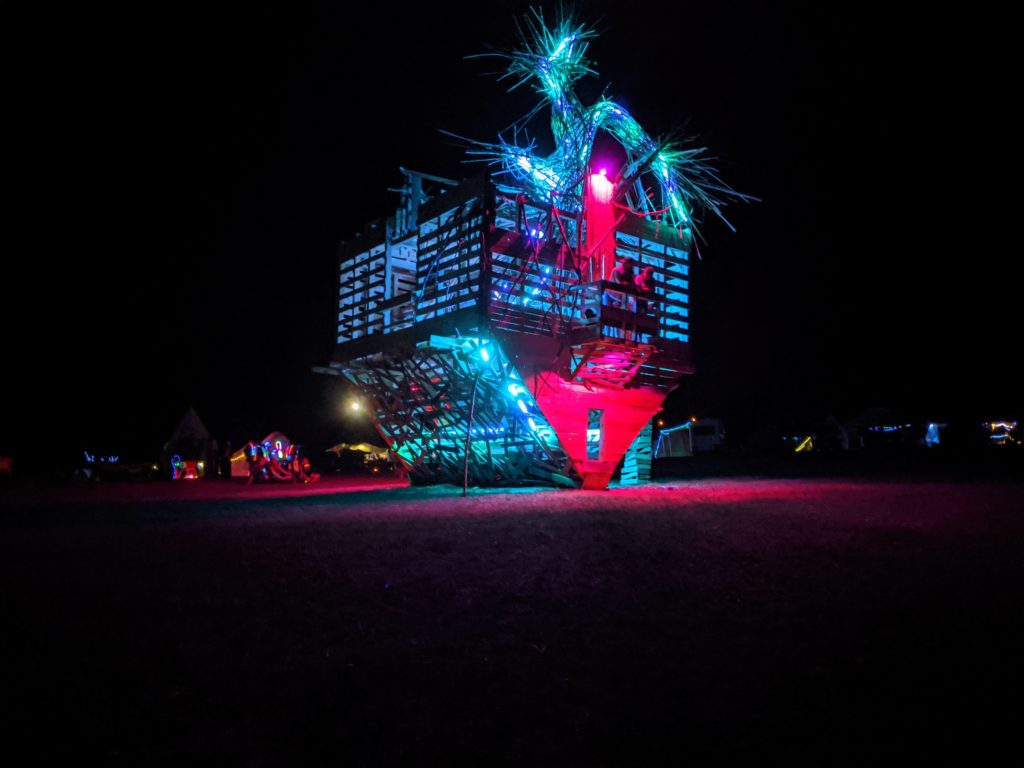
Image: Nathyn Sanche
LNT (Leave No Trace). How are you going to leave your site the way you found it or cleaner? You need to think about your clean-up plan before you get to site. If building on site, you will need to clean up before opening to the public. You are generally expected to sweep for MOOP (Matter Out Of Place) during the event and once you have packed up (line sweeps are particularly effective).
How long will it take to break down your art? Depending on the size of your piece, think about the numbers of volunteers you will need to help with pack down and what condition everyone may be in. You should also consider how/where you’ll store your art after the event.
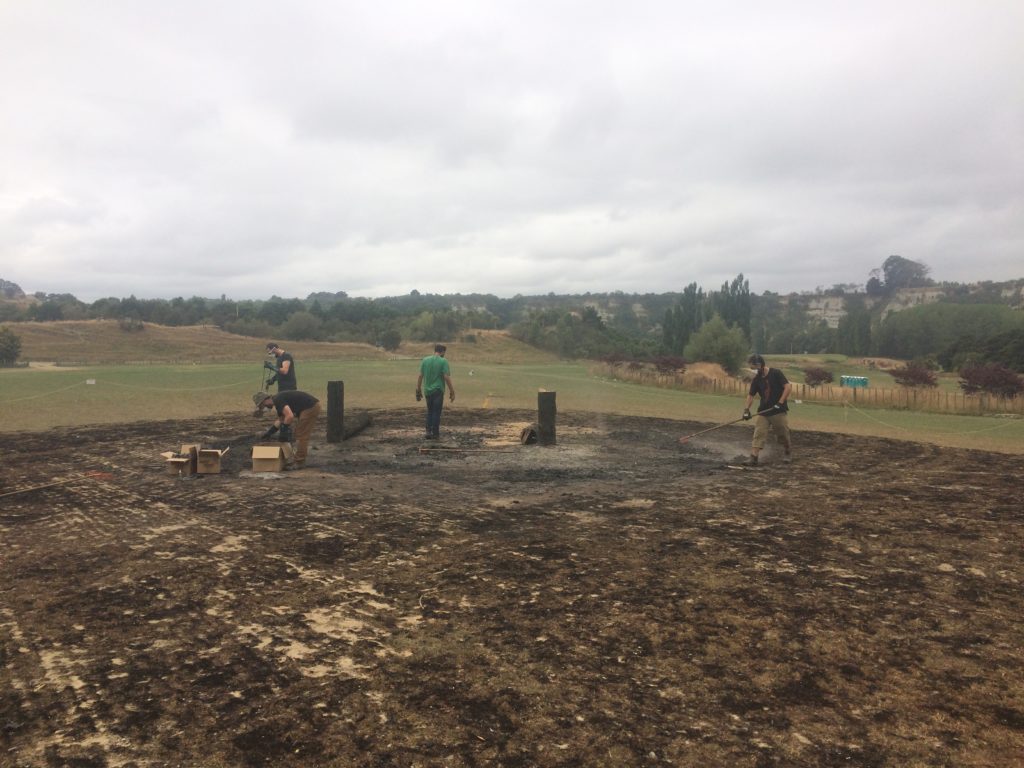
There are a few options to consider if you are building a ‘burn-able’ piece. While you won’t have to pack up a piece at the end of the event, you will need to clean up your Burn scar. This generally involves raking up all the ash and metal fixings and disposing of the remnants appropriately. If you’ve dug in any posts, these will need to be dug out and the holes filled in. While it’s generally not expected to return the burn space to pre-burn conditions, you will need to prepare for the removal of all material left over from the burn of the project. This can be hot, dirty work, which you’ll need to be prepared for post event.
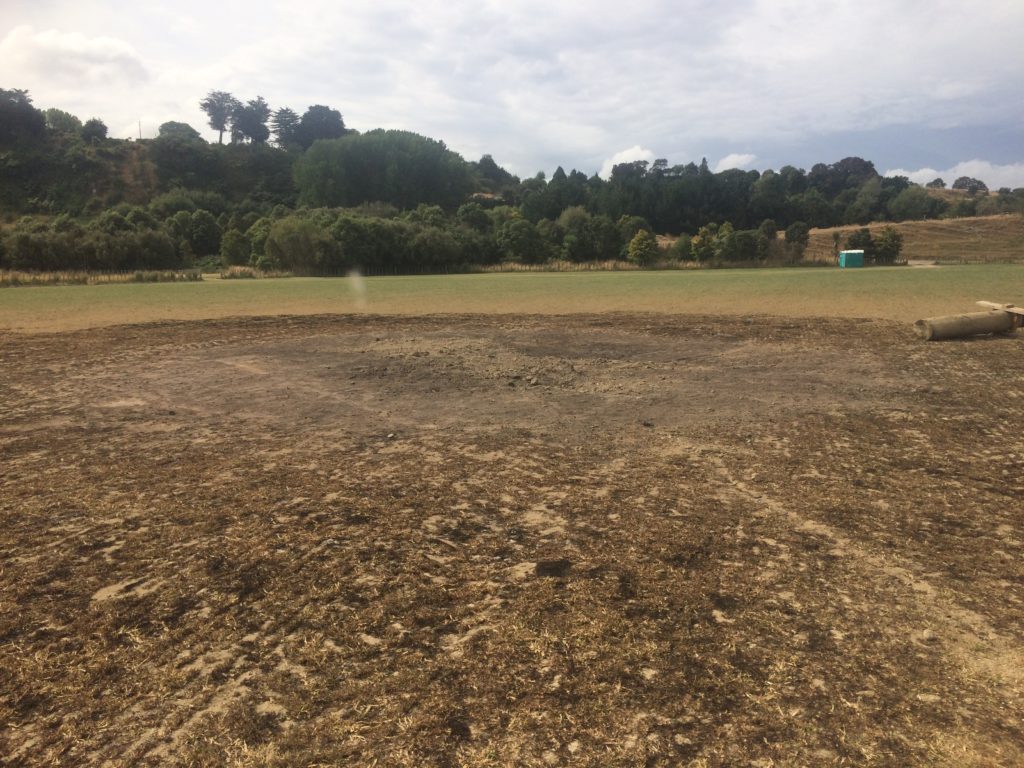
Health and safety. This is a big deal and may seem over the top, but it helps keep you, your volunteers, and the event safe. You will be expected to think of any (and all) hazards and potential things that can go wrong. Think of everything, big and small. If you can imagine it happening, no matter how minor or outrageous it seems, identify it. You’ll never run into trouble if you list too many things but you can run into trouble if you haven’t identified issues that come up.
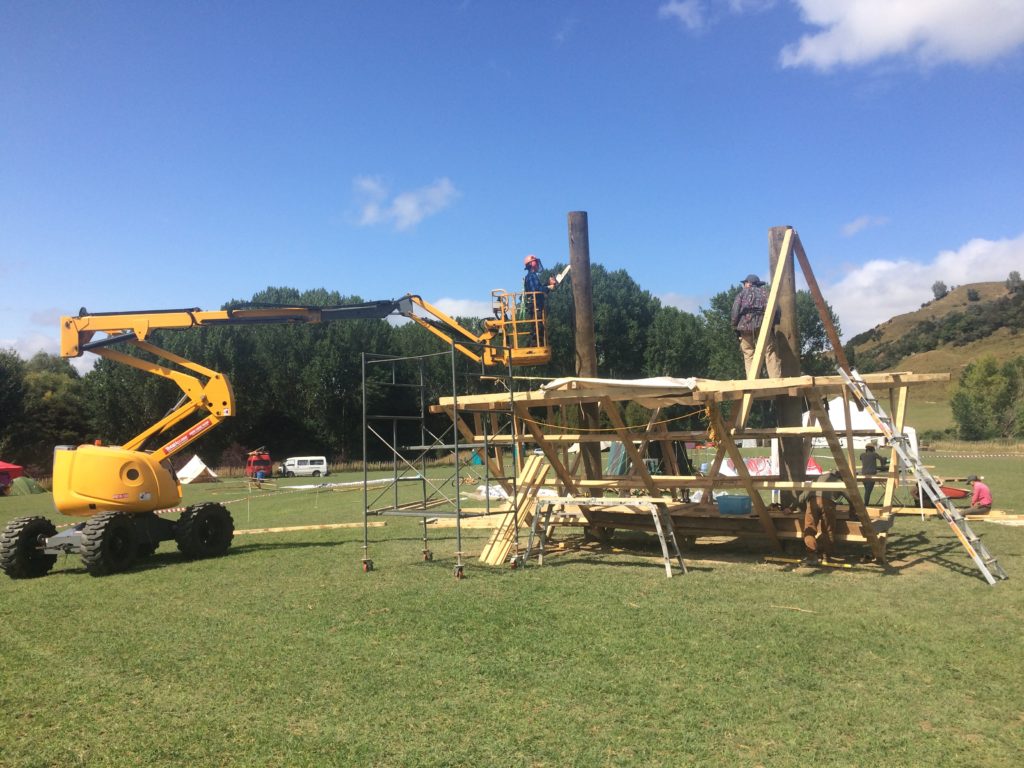
Once you have identified hazards, you will need to list steps you’ve taken to minimize or eliminate the risks. Some hazards you can’t eliminate completely but you need to show what you’ve done to make it as safe as possible. Burns can get pretty loose at times, so preparing for the worst/most extreme situations lessens the likelihood of those things happening. Even though Kiwiburn can seem like another world, it is still covered by New Zealand legislation, thus it is worth looking into what laws will affect/impact your project.
For example, you should look into what certifications you or others may need, such as using a knuckle boom for working at height, as it would generally be expected that you have been trained/certified to use it on site. Having someone with First Aid training is always a good idea if using a lot of power tools or planning an extended build. Accidents happen, it’s how you respond to them that affects the outcome. You’ll also want to think about what tools people are using. If you have a bunch of people who don’t have much experience with power tools, giving someone a nail gun to use straight off may not be the best idea. However, these are great opportunities to train people on the safe use of power tools and people can become very adept, quite quickly with attentive training and experience.
In summary, this may seem like a lot to think about when planning to make art for Kiwiburn (or any other Burn for that matter); however, if you cover all these things, you’ll have shown you’ve thought this through and can pull off what you say you’re going to do. It also helps make the actual build process go a lot smoother and with less surprises.
Truthfully, there are always surprises but they are less likely to stop you in your tracks with good planning. Keep in mind that the community is available to answer any questions people may have and are more than happy to help in any way we can. I’m looking forward to seeing all the art that gets created in the future because, as the Zapatista’s say, “We think that indeed, in the most difficult moments, when disillusionment and impotence are at a peak, the arts are the only thing capable of celebrating humanity”.”
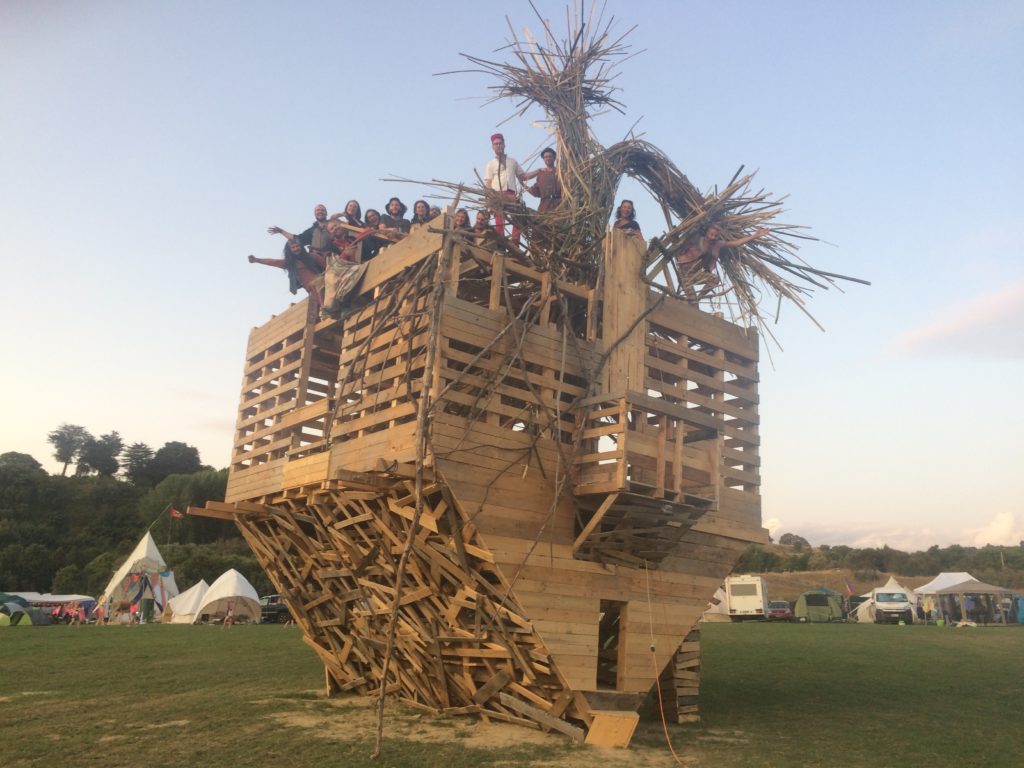
Kiwiburn Arts Committee is accepting grant applications until 6 September 2020. Apply for your art grant here!
